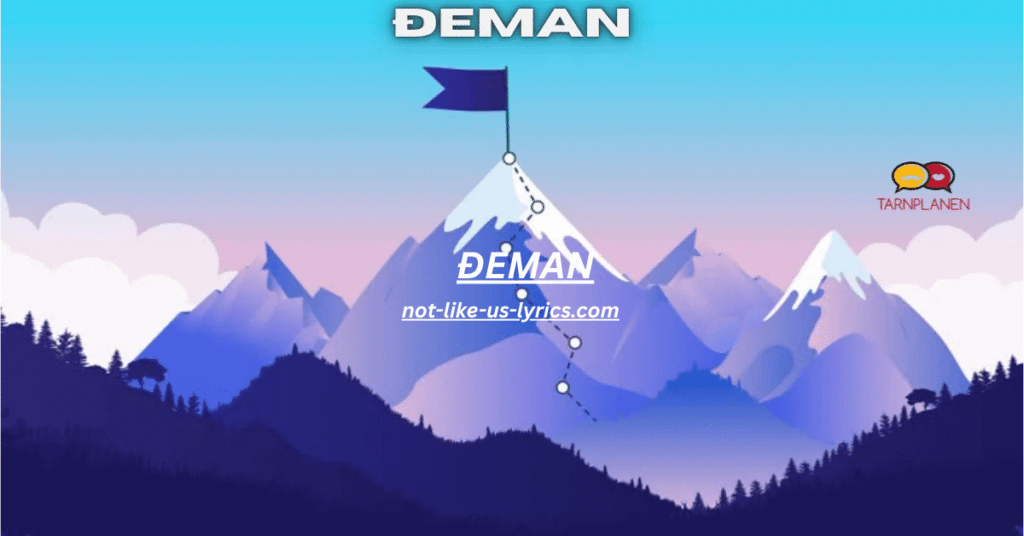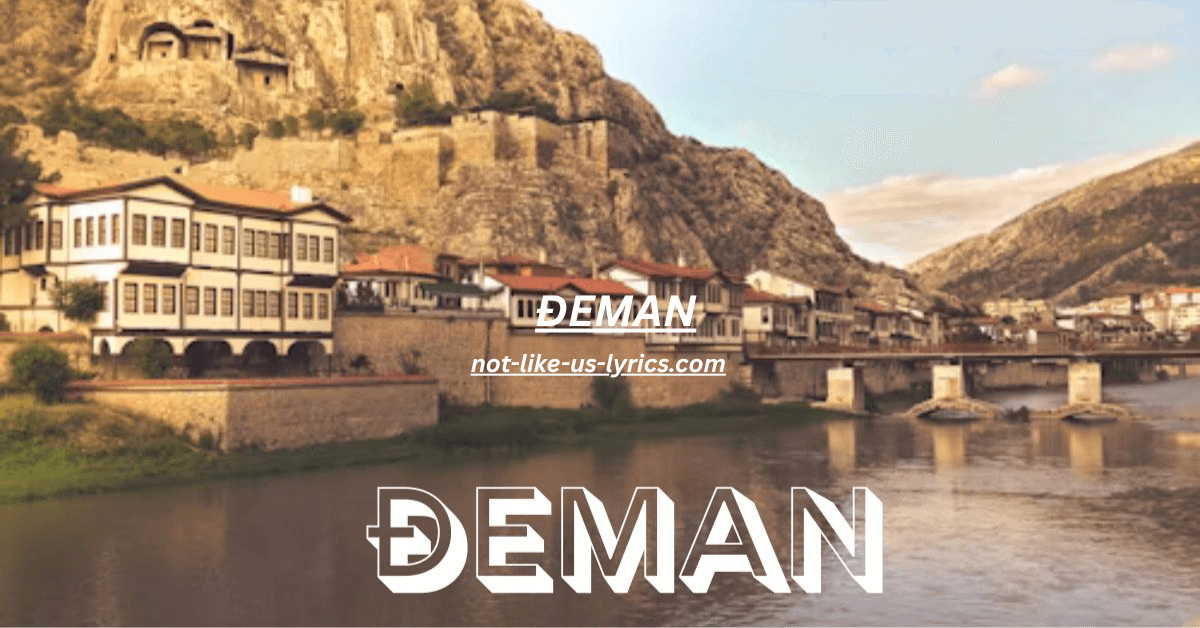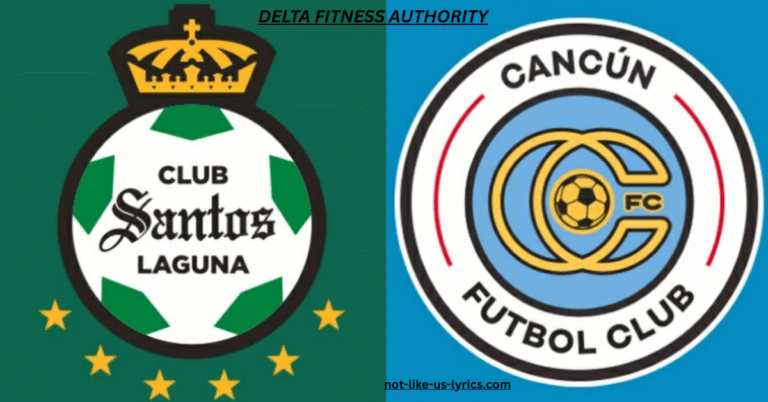Đeman: Unveiling the Charm Behind the Balkan Word for a Stylish Man 2025
In the remote hills of southern Azerbaijan lies Đeman, a small yet culturally rich village formally known as Deman. Nestled in Yardymli Rayon and governed under the Avaş Municipality, Đeman represents a vivid tapestry of Azerbaijani rural life. Often overlooked on maps, Đeman thrives with timeless traditions, folk customs, and a deep-rooted connection to its mountainous homeland.
What makes Đeman extraordinary is not its size or popularity, but its soul. The Đeman people embody resilience, cultural pride, and an unwavering spirit of community. From oral traditions to vibrant festivals, the heartbeat of Đeman is steady, echoing centuries of survival, joy, and identity.
Understanding Deman:
Đeman is strategically situated in southern Azerbaijan, surrounded by rolling hills and modest terrain. Its geographical placement gives it a serene charm—isolated yet profoundly connected through traditional architecture and rural governance. The AZT (Azerbaijan Time), including observance of Daylight Saving Time, sets the rhythm of daily life.
The village layout is simple, comprising stone-built homes with flat roofs, gravel paths, and clusters of eco-conscious materials like clay and wood. These homes are often flanked by seasonal agriculture fields—grains, citrus, and vegetables thrive here. The Đeman community utilizes every inch of the land, preserving harmony between human and nature.
Community and Culture in Deman
Life in Đeman revolves around community resilience and unity. Daily routines are steeped in folk heritage: neighbors help each other with harvests, prepare communal meals, and gather for evening storytelling. Oral histories are not only entertainment but also vessels of generational wisdom and cultural continuity.
Cultural festivals and rituals are central to Đeman life. Weddings, harvest feasts, and religious celebrations act as community-based celebrations, reinforcing social bonds and nurturing ethnic identity. This community lives not for itself, but through its people, who pass on values, pride, and stories from one generation to the next.
Why Đeman (Deman) Matters
Though small, Đeman plays a vital role in preserving Azerbaijani traditions and values. It’s a living museum of rural Azerbaijani settlements, demonstrating how Đeman resilience and cultural fidelity can withstand the pressures of modernity and globalization.
It matters because it stands firm. In Đeman, you see spiritual connection to land, respect for heritage, and community harmony—all of which are fading in larger urban areas. Đeman is not just a village; it’s a symbol of how culture can live quietly yet powerfully.
Visiting or Studying Deman
Travelers or researchers drawn to mountain villages in Azerbaijan will find Đeman a captivating subject. However, its rural accessibility means that reaching the village requires preparation. The best approach is via Avaş Municipality, with local guides ensuring a culturally respectful and informed visit.
Academic interest in Đeman is growing, especially among anthropologists and cultural preservationists. Studying Đeman culture, including its traditional practices, daily rural routines, and generational memory, offers invaluable insight into grassroots Azerbaijani identity.
Broader Context:
Đeman isn’t an anomaly. It is one of many unique yet interwoven threads in the fabric of Azerbaijani geography. Still, its specific location in Yardymli Rayon offers a lens into a terrain-focused culture where survival has always required adaptation and solidarity.
While other villages may have seen heavier modernization, Đeman has preserved its cultural identity and traditional rituals with unwavering strength. It’s part of a wider story about Azerbaijan’s rural evolution—a reminder that even the smallest communities can hold national importance.
Filling in Gaps Left by Other Sources
Many existing mentions of Đeman are limited to name, map coordinates, and population figures. These offer little understanding of the Đeman artisans, traditions, or historical relevance. This article serves to bridge those gaps with heart and depth.
We explore not just what Đeman is, but why it matters. From Đeman symbolism in art to the legacy of its local elders, there’s more to this village than statistics. Its silence in mainstream coverage is an opportunity for deeper storytelling.
Making the Most of Đeman’s Story
Understanding Đeman’s story means embracing the details—like how traditional attire is still worn during celebrations, or how cross-generational art techniques are passed on with pride. This richness demands attention.
Whether you’re a traveler, researcher, or cultural enthusiast, Đeman offers a unique window into Azerbaijani rural life that is both untouched and deeply informative. It teaches us to appreciate the quiet strength of small places with big hearts.

The History and Origins of Đeman Culture
The history of Đeman is deeply tied to the land and its people. It is believed that the community formed centuries ago, with families settling the mountainous region for its fertile soil and protection from external threats. Over time, they built a strong society guided by oral storytelling and folk customs.
Each generation has contributed to a resilient, adaptable cultural blueprint. The Đeman people’s response to political changes, weather shifts, and economic pressures has been unity, perseverance, and creativity. This continuity makes Đeman’s culture not only historical but spiritually enduring.
The Symbolism and Significance of Đeman Art
Đeman art is a bold reflection of identity, community, and belief. Each symbolic pattern tells a story—spirals for life’s cycles, triangles for family, and animal motifs for nature’s guardianship. The use of clay and wood crafts connects artists to the environment.
These art pieces aren’t just for decoration; they are historical texts. Passed through generations, this form of expression blends nature-inspired artwork with emotion, storytelling, and pride. Đeman artisans are revered keepers of knowledge.
The Resilience and Adaptability of the Đeman People
What sets Đeman apart is its people. Through invasions, economic shifts, and now globalization, the community has held firm. Their adaptability is rooted in values, faith, and innovation.
Younger generations, influenced by digital platforms and wider exposure, are integrating modern forms with traditional practices. Yet, they do not abandon their roots. Instead, they adapt while staying loyal to the Đeman essence—a rare cultural balancing act.
Traditional Practices and Customs in Đeman Culture
Ceremonies like weddings and funerals are deeply ritualistic, featuring songs, storytelling, and symbolic attire. These traditional rituals bind families, strengthen beliefs, and renew collective memory. Elders are central, guiding every important decision.
Craftsmanship remains a cultural cornerstone. Textiles, pottery, and agricultural tools made by hand reinforce a spirit of self-sufficiency and respect for nature. Every thread, stitch, or carved line carries a story and a message.
Modern Influences on Đeman Culture
Like many rural areas, Đeman is feeling the push of modernization. Social media now showcases Đeman festivals, crafts, and music to global audiences. Digital platforms are offering young artisans ways to preserve and share heritage innovatively.
However, this blend of the old and new comes with responsibility. Đeman’s embrace of modern influences is cautious and respectful, ensuring that cultural preservation is always a priority.
Preserving and Celebrating the Đeman Heritage
Preservation in Đeman is a shared mission. Schools now teach children about Đeman history, while festivals invite outsiders to witness real-time tradition. Workshops, music performances, and oral history circles ensure living heritage.
International interest is growing, and this has brought support for cultural documentation and education. The community welcomes such collaborations, provided they respect Đeman’s voice and values.
Conclusion:
Đeman is not just a name—it is a symbol. A village where generational continuity, tradition, and heart weave together to form a community like no other. It embodies the beauty of diversity, the strength of unity, and the richness of cultural depth.
As globalization continues to touch every corner of the world, Đeman stands tall—not as a relic of the past, but as a living, breathing beacon of resilience, identity, and inspiration.
FAQs
Q1: Where is Đeman located?
Đeman is a rural village in Yardymli Rayon, under the Avaş Municipality in southern Azerbaijan.
Q2: What is the cultural significance of Đeman?
Đeman is known for its folk customs, oral storytelling, and traditional art, serving as a cultural microcosm of Azerbaijan.
Q3: Can tourists visit Đeman?
Yes, but due to rural accessibility, it’s recommended to travel through Avaş and engage a local guide.
Q4: How do Đeman people preserve their traditions?
Through rituals, education, digital storytelling, and community workshops, Đeman preserves its living heritage.
Q5: What types of art are common in Đeman?
Expect symbolic patterns, clay and wood crafts, and traditional textiles reflecting nature and history.
READ MORE:Kalibraatio Explained






